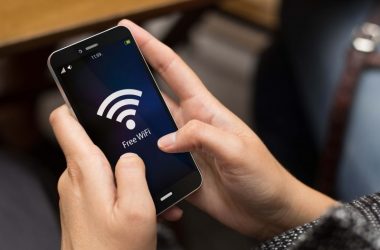A new report from a mobile security vendor details how the most popular smartphones, including the iPhone, are very vulnerable to man-in-the-middle attacks, carried out via public Wi-Fi connections.
According to the report by SMobile Systems, smartphone users connecting to unencrypted Wi-Fi hotspots can be easily compromised by knowledgeable attackers using an array of existing tools. The authors of the study used those tools to intercept username/password combinations sent from several different smartphones
The tests used a laptop with software tools to intercept communications between smartphones connecting to a Wi-Fi access point, and then to bypass SSL. That information was then used to access a variety of e-mail accounts. The same information could be used to access an online banking account or other information. More detail on the attack is found in the full report.
Smobile tested the Nokia N95, HTC Tilt running Windows Mobile, HTC G1 running Android, and the iPhone 3GS with the latest firmware. In each case, the user would have had no idea that their information had been compromised.
Examples of the tools used are Arpspoof, which redirects packets from a target host on the LAN to the intended host on the same LAN, by forging Address Resolution Protocol replies to the target host; SSLStrip, to hijack HTTP traffic; Ettercap, a utility for sniffing, intercepting and logging; or Wireshark, a network protocol analyzer used as a packet sniffer. Another tool, webspy, lets the attacker sniff out and open any Web pages accessed by the victim.
“Utilizing this method, the attacker has effectively told the victim device to route all traffic through the attacker's machine [laptop], and the attacker machine then forwards the requests to the Wi-Fi hotspot.” The attack computer captures all the traffic and can modify or kill active connections. With SSL bypassed, as soon as the victim accesses an e-mail or other account, the login credentials will appear in plain text on the attack computer.
The authors of the study warn smartphone users to “seek out and identify applications that provide adequate encryption technologies to protect confidential or private information.” Applications for doing so exist, but are still rare, the authors note. The goal should be end-to-end encryption between the client application and the target server. Lacking that, users need to be aware that their information can be visible to a snooper.
For enterprises, the key issue is to treat smartphones with Wi-Fi as if they were corporate laptops with Wi-Fi. That means client security software, for firewall and antivirus.





